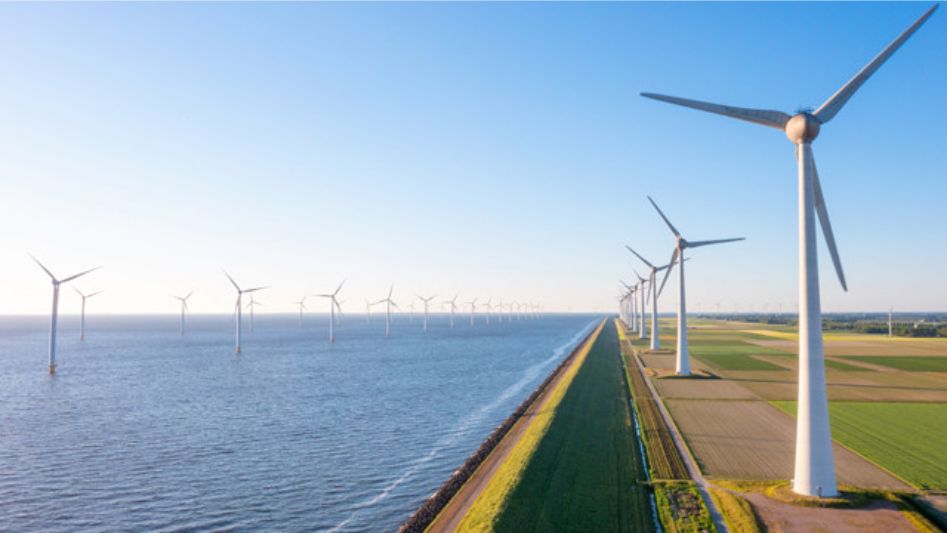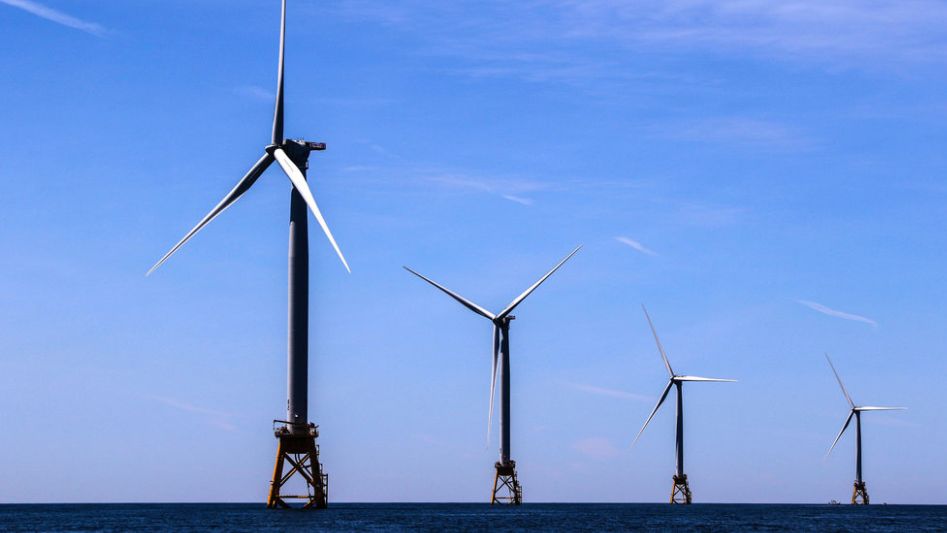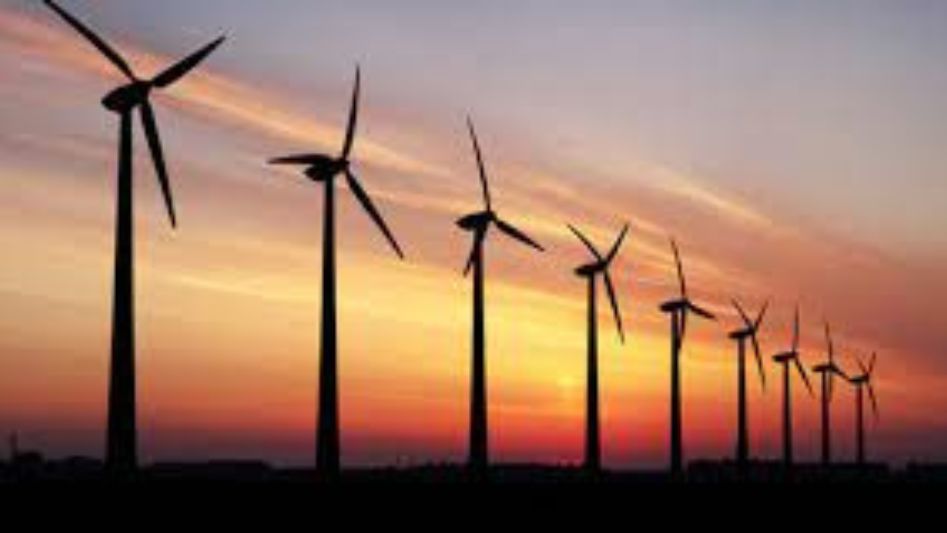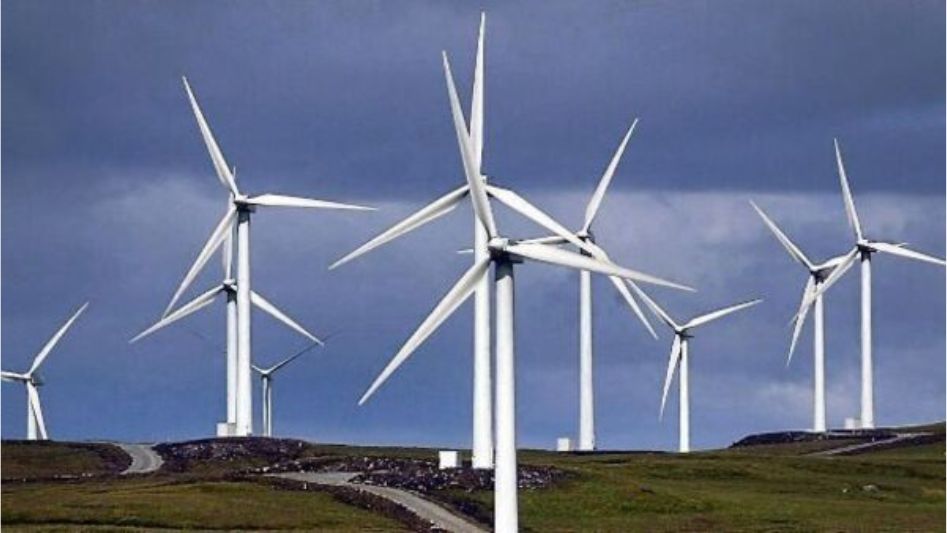Both onshore and offshore wind will see explosive growth in the coming decade. Learn more about the pros and cons of onshore and offshore wind power.
Table Of Content
- Introduction
- The global wind market
- How do Onshore Wind farms work?
- What is offshore wind?
- How does offshore wind work?
- Conclusion
- FAQ
- You May Also Like
- External Links
Despite delays on projects owing to COVID-19, Statista predicts that worldwide wind power capacity will reach 743 GW in 2020, up from 650 GW in 2019. The meteoric surge in wind farm construction shows how widely adopted wind energy has become.
Financial viability in the wind energy sector is increasing because of technological developments and international measures to combat climate change. The United States and China continue to dominate the global wind power industry, although the United Kingdom, Europe, North America, and India are all growing at a fast clip.
We invite you to read: “Massive Support For Onshore Wind Energy Projects In The UK”

The global wind market
How does wind power work?
The carbon fiber blades of wind turbines generate electricity by being rotated by the wind. Kinetic energy from the blades is transferred to an electric generator through a motor. A gearbox receives the energy and transforms the low-speed rotation of the blades into a high-speed one. And that’s what speeds up the rotation of a drive shaft, which in turn powers an electric generator.
The industry has historically been dominated by onshore wind turbines, but technological advancements in recent years have prompted the construction of offshore wind farms.
What is “onshore wind”?
Wind energy generated by turbines installed on land, as opposed to floating offshore, is known as onshore wind power. They tend to come up in undeveloped regions that aren’t very important for wildlife. The International Energy Agency reports that in 2019, onshore wind power production climbed by 12%. Capacity expansions increased by 22% after two years of stagnation.
How do onshore wind farms work?
Advantages of onshore wind
What other advantages, environmental or otherwise, does onshore wind have?
Less expensive
The costs associated with building the infrastructure to harness onshore wind power are far lower than those associated with offshore wind. Half the price and a return on investment in as little as two years are possible. Also, unlike solar and nuclear power, its low cost makes it a more accessible renewable energy option for the general public. Onshore wind farms are often bigger and more productive than offshore ones due to economies of scale.
Shorter cables
There is less voltage drop in the wiring from the turbines to the customer if they are closer together.
Quick installation
Building a nuclear power plant, for example, might take decades, whereas installing an onshore wind farm just takes a few months. In addition to being inexpensive to operate, onshore wind turbines need little in the way of upkeep.
Low impact on surroundings
There is less environmental damage caused by onshore wind farms. Very little damage is done to the local ecosystem; no toxins are discharged; and farming may continue as usual in the area.
Disadvantages of onshore wind
Varying wind speeds
In general, the velocity of onshore wind turbines is difficult to forecast. It might be difficult to maintain continuous power production due to the fact that wind speed and direction change over land. That’s why it’s crucial to keep an eye on the wind’s velocity and direction while making plans for power production.
Potential wind blockages
Inconsistencies in output may also be brought on by the presence of physical obstructions, such as buildings or natural features like hills or mountains. Because of this, onshore wind can only generate around 2.5 MW, whereas offshore wind can generate about 3.6 MW.
We invite you to read: “Floating Offshore Wind Is Driven By Dramatic Innovation”

Intermittent energy
Onshore turbines need fossil fuel backups for times when the wind is too weak to generate power on its own. More and more fossil fuels will be needed as our energy needs grow and we depend more on wind farms.
Visual and sound factors
Visually, onshore wind farms may be an eyesore. Wind turbines designed to produce more electricity by being constructed on higher ground might be visually intrusive in nearby neighborhoods. When placed too close to a residential area, wind turbines may potentially be a source of unwanted noise pollution. A wind turbine, for example, may be compared to the sound of a lawnmower when heard up close.
Onshore wind’s ability to provide sustainable energy far surpasses any drawbacks it could have.
What is offshore wind?
Wind farms that generate offshore wind power are often situated in the ocean, where the water is deeper and the winds are stronger. Offshore wind may also apply to inland waterways like lakes and fjords. Offshore wind farms typically use wind turbines with permanent foundations in relatively shallow seas. The construction of wind farms in deeper oceans is now impossible, but this will change as technology develops. Offshore wind will increase to more than 234 GW by 2030, driven by Asia and the Pacific, according to the Global Wind Energy Council.
How does offshore wind work?
Advantages of offshore wind
More energy is generated
Wind speeds offshore are often higher than those on land, and even modest improvements in speed may have a significant impact on overall energy production. Therefore, fewer turbines can generate the same quantity of electricity as an onshore turbine.
More consistency in the wind
Offshore, there is less variation in wind speed and wind direction, making offshore turbines more dependable (meaning more reliable power generation).
Less visual impact
The visual effect of offshore turbines is less than that of their land-based counterparts. They don’t disrupt land use, and there aren’t any obstructions to the wind’s path. Consequently, offshore wind farms may be built bigger and produce more electricity than onshore ones, with less of an environmental effect.
Bigger turbines
Moreover, offshore turbines may be constructed higher than onshore ones, allowing them to capture more wind energy and generate more power.
Disadvantages of offshore wind
Higher cost
Offshore wind farm construction may be time-consuming and costly, particularly in deeper water.
Maintenance and repairs
Turbines in the ocean need more upkeep than their on-land counterparts because they are more susceptible to damage from waves and strong winds. The inaccessibility of offshore wind farms also increases repair times.
Noise and visibility
Turbines’ noise pollution in the ocean may have an effect on marine life. In addition, not all offshore wind farms are constructed out of sight. Some of them are constructed within 26 miles of the shore, which is nevertheless an eyesore for locals.
Less local jobs
Offshore wind farms, in contrast to their onshore counterparts, can only boost local economies to a certain extent. Jobs and investments are not developed in the local community since the manufacturers’ headquarters are located onshore, frequently at a distance from the offshore location.
Conclusion
When compared to other energy sources, the installation time for wind turbines is rather short, no matter where they are located (onshore or offshore). Wind energy has already established itself as an important contributor to meeting the nation’s energy needs, and it will remain so for as long as the wind continues to blow. Researchers expect onshore and offshore wind technologies to advance significantly as wind power becomes more widespread as a renewable energy source.
We invite you to read: “Vertical Axis Wind Turbines Will Dominate The Floating Offshore Wind Market”
FAQ
Are onshore or offshore wind turbines better?
It is possible to harness power from the wind by building wind farms out at sea. Offshore wind farms are more effective than onshore ones because of the higher wind speeds, better consistency, and absence of physical interference from the land or human-made things.
What are the disadvantages of offshore wind energy?
Turbines in the ocean need more upkeep than their on-land counterparts because they are more susceptible to damage from waves and strong winds. The inaccessibility of offshore wind farms also increases repair times. Turbines’ noise pollution in the ocean may have an effect on marine life.
Why is offshore wind better than onshore wind?
Since there are no obstructions to the wind out at sea, offshore wind generators are gaining popularity. More power can be produced by turbines thanks to the increasing wind speeds.
You May Also Like
- The Great Clean Energy Acceleration: All You Need to Know
- Wind Is Now South Dakota No.1 Electricity Generator
- World’s First Floating Wind Farm Performing Well Beyond Expectations
- 9 Cool Innovations In Wind Energy
- The Long Road to Vertical Axis Wind Turbines (VAWT)
External Links
- The Pros and Cons of Onshore vs Offshore Wind Farms
- Offshore And Onshore Wind Farms: What Are The Pros And Cons?
- Onshore vs Offshore Wind Power
- Wind Power: Onshore vs Offshore Wind Farms
- Differences Between Onshore & Offshore Wind Energy


